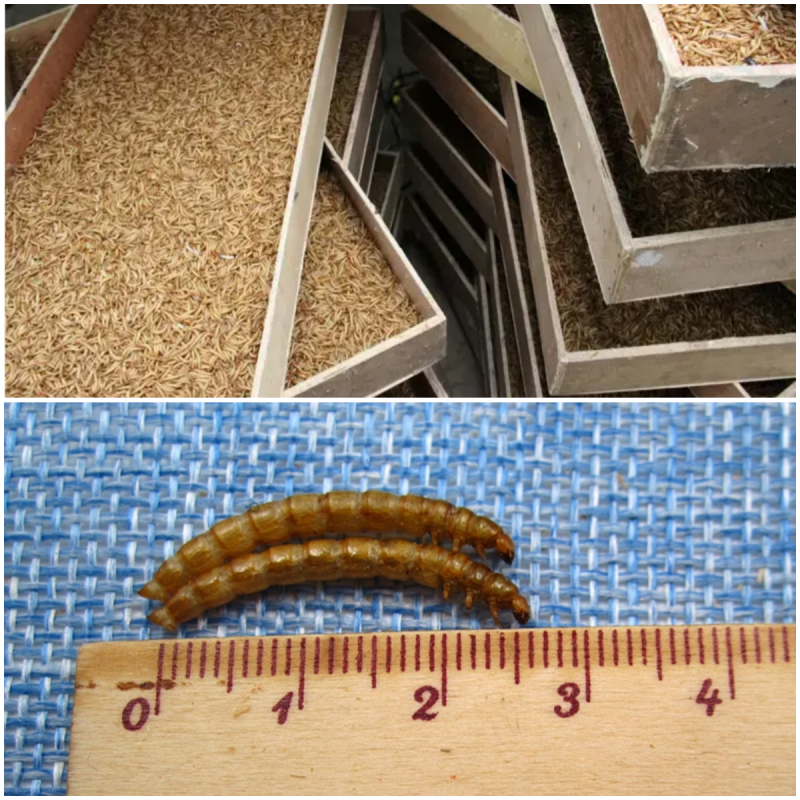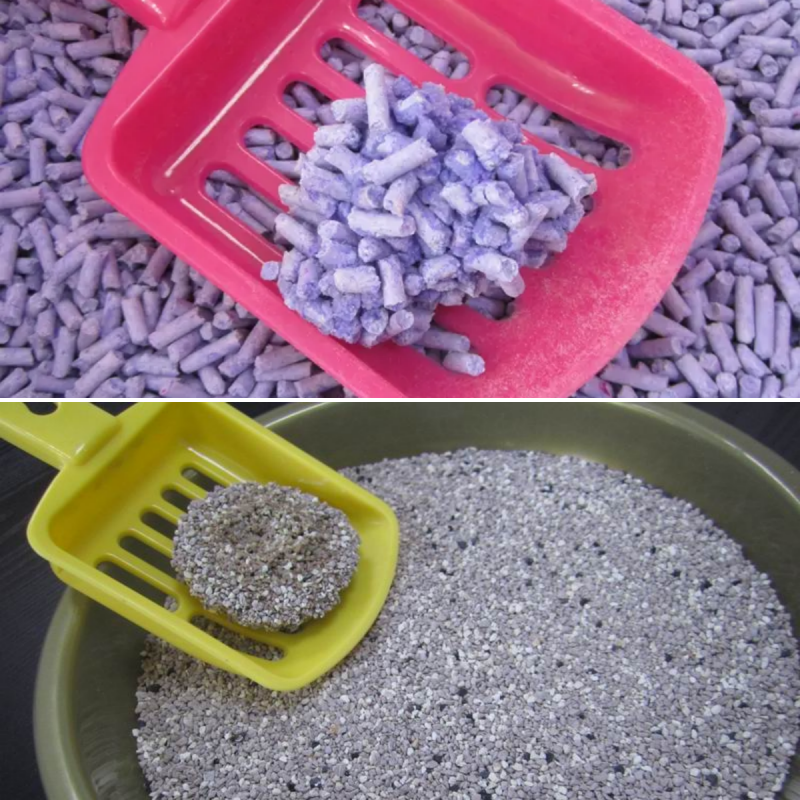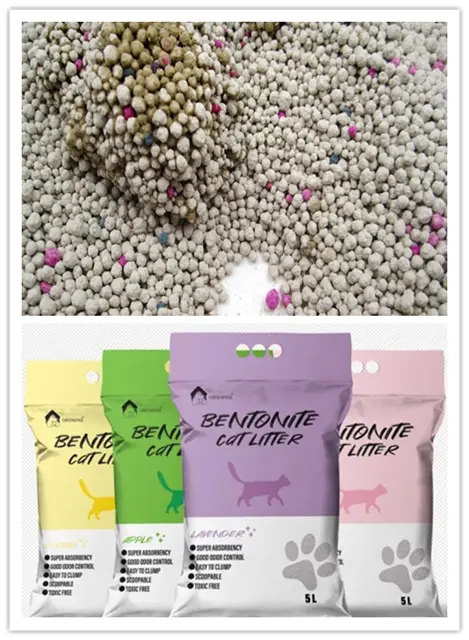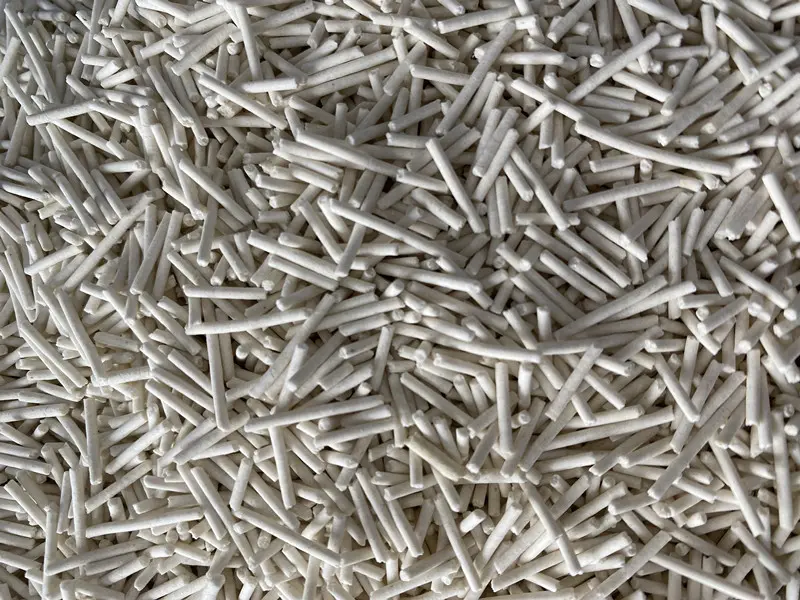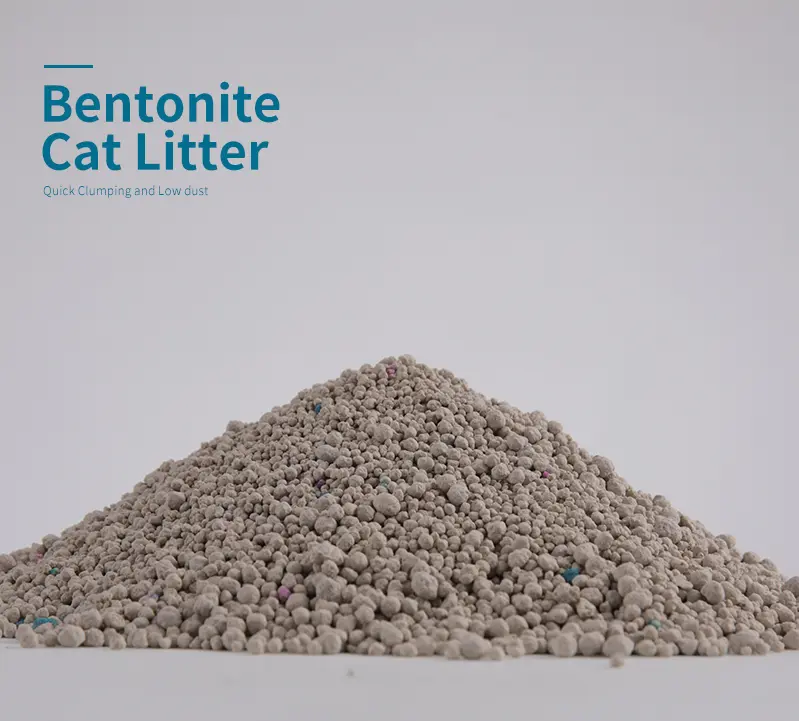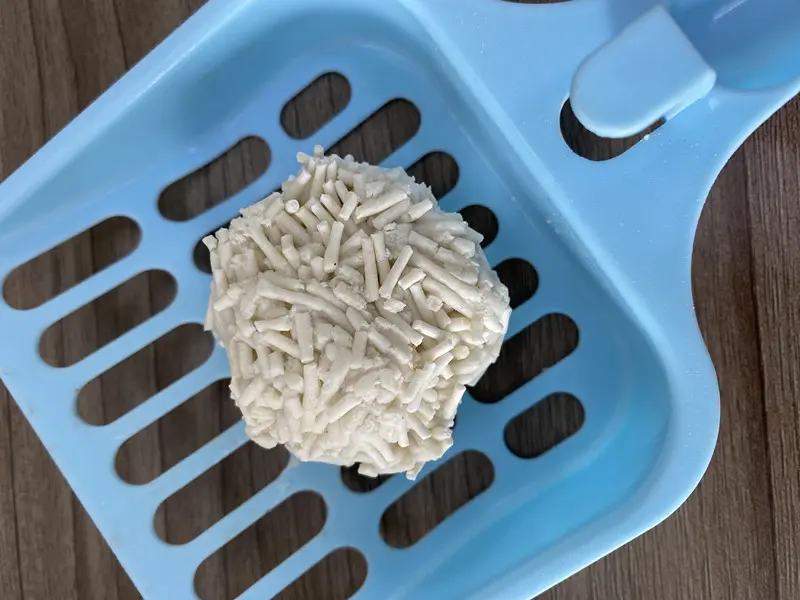Paper cat litter has become increasingly popular among pet owners who want an eco-friendly, dust-free, lightweight, and hypoallergenic alternative to traditional clay or silica litter. But despite its benefits, many cat parents still struggle with one key question:
How often should you change paper cat litter?
The answer depends on several factors, including the type of paper litter, your cat’s behavior, absorbency performance, multi-cat usage, and room environment. This article analyzes real research data, laboratory absorption tests, and market surveys to provide a practical guide—and includes several data tables to help owners make informed decisions.
What Is Paper Cat Litter?
Paper litter is produced by compressing recycled paper into pellets or granules. It contains no dust, no added chemicals, and is known for its softness—making it ideal for cats with allergies, respiratory issues, or post-surgery recovery.
Types of Paper Cat Litter
| Type | Description | Clumping? | Common Use Case |
|---|---|---|---|
| Paper Pellets | Large cylindrical pellets made from compressed paper | No | Low-dust households, senior cats |
| Paper Crumble/Granules | Soft crushed paper pieces | Some brands semi-clump | Multi-cat homes |
| Paper-Clay Hybrid | Mixed with plant fibers or biodegradable binders | Yes (clumping) | Cat owners who want eco-friendly but clumping |
Because paper litter works differently from clay, the replacement schedule also differs.
For a detailed understanding of the advantages and disadvantages of paper cat litter, please see: Paper Cat Litter Pros and Cons: A Deep Dive Into Eco-Conscious Pet Hygiene
How Often Should You Change Paper Cat Litter?
General Guideline
| Household Type | Recommended Full Change | Spot Cleaning Frequency |
|---|---|---|
| Single Cat | Every 5–7 days | 1–2 times daily |
| Two Cats | Every 3–4 days | 2 times daily |
| Three+ Cats | Every 1–2 days | 2–3 times daily |
| Post-surgery Cats | Every 1 day | After every bathroom use |
| Kittens (<4 months) | Every 1–2 days | Frequently throughout day |
Note: Non-clumping paper litter requires more frequent full replacement.
Absorption Capacity of Paper Cat Litter
The main factor determining replacement frequency is absorbency. Laboratory tests from multiple industry sources (2019–2024) show that paper pellets vary in their ability to absorb liquid.
Absorption Test Results (Average of 8 Brands)
| Litter Type | Absorption Rate (mL per gram) | Odor Retention (0–10) | Recommended Changing Cycle |
|---|---|---|---|
| Premium Paper Pellets | 2.8 mL/g | 8/10 | 5–7 days |
| Standard Paper Pellets | 2.1 mL/g | 6/10 | 3–5 days |
| Paper Granule Type | 1.6 mL/g | 5/10 | 2–4 days |
| Clumping Paper-Fiber Mix | 3.2 mL/g | 9/10 | 5–8 days |
Key Takeaway:
Higher absorbency = longer usage cycle
Lower absorbency = more frequent replacements to prevent odor
How Often Should You Scoop Paper Cat Litter?
Even though paper litters don’t clump like clay, daily scooping is still essential.
Scooping Frequency Recommendation
| Litter Type | Scooping Required | Notes |
|---|---|---|
| Non-clumping paper pellets | 1–2 times/day | Remove wet pellets as they expand |
| Semi-clumping granules | 1–2 times/day | Scoop clumps to reduce odor |
| Clumping fiber-mixed paper litter | 1–2 times/day | Similar to clay but lighter |
Paper pellets swell after absorbing water—making it easy to identify soiled sections.
Signs Your Paper Cat Litter Needs to Be Changed Immediately
Regardless of the recommended schedule, the following signs mean you should replace the litter now:
Warning Indicators
Strong ammonia smell
Pellets that have turned soft or mushy
Wet patches sticking to litter box bottom
Cat refusing to use the box
Excessive tracking around the house
Visible yellowing of pellets
According to a 2023 Cat Owners Survey (sample size: 1,000 U.S. households):
Survey: Main Reasons Cat Owners Change Paper Litter Early
| Reason | Percentage of Respondents |
|---|---|
| Strong odor | 58% |
| Litter fully saturated | 22% |
| Cat rejection | 11% |
| Presence of tracking | 6% |
| Household preference for cleanliness | 3% |
This data shows that odor control is the biggest factor driving early litter changes.
View paper cat litter products:
Cheap Clumping Paper Cat Litter
Eco-Friendly Clumping Paper Cat litter
Factors That Influence How Often You Should Change Paper Cat Litter
The following elements significantly affect replacement frequency:
Number of Cats
More cats = more waste = more frequent changes.
Studies show:
2 cats produce 1.8× more urine than 1 cat
3 cats produce 2.7× more urine than 1 cat
This accelerates pellet saturation.
Size of Litter Box
Large litter boxes improve air circulation and extend litter life.
| Box Size | Litter Longevity Impact |
|---|---|
| Small | Decreases by 20–30% |
| Medium | Standard usage |
| Large | Increases by 10–20% |
Indoor Temperature & Humidity
Warmer, humid climates cause faster odor development.
| Room Condition | Odor Formation Speed |
|---|---|
| Cool & Dry | Slow |
| Warm | Moderate |
| Humid | Fast |
| Hot & Humid | Very Fast |
Cat Diet
High-protein diets increase ammonia output.
Cats on 50–60% protein diets may require 20% more frequent litter replacement.
Wet-food–heavy diets also increase urine output.
Type of Paper Litter Brand
Premium brands with denser pellets last longer.
How Much Paper Cat Litter Should You Use?
Using the right amount extends litter life.
Recommended Depth
5–7 cm (2–3 inches) for single cats
7–9 cm (3–3.5 inches) for multi-cat homes
The deeper the litter bed, the better the urine absorption.
How to Extend the Life of Paper Cat Litter
Use a Double-Layer Litter Box
A sifting tray design allows wet pellets to fall while clean pellets remain on top.
Extends lifespan by 30–40%.
Mix Paper Litter With Tofu or Corn Litter
Many owners mix:
70% paper
30% plant-based clumping litter
This improves odor control and clumping performance.
Clean the Litter Box Weekly
Studies show bacteria in litter boxes increase rapidly after 7 days.
Store Litter in a Cool, Dry Area
Humidity reduces pellet density and causes early breakdown.
Use Baking Soda (Small Amount)
A pinch of baking soda helps neutralize ammonia but should not exceed 1 teaspoon per box to avoid respiratory irritation.
Environmental Impact & Sustainability Data of Paper Cat Litter
Research shows that paper cat litter is one of the most sustainable litter types.
Environmental Comparison Table
| Litter Type | Biodegradable? | Carbon Footprint | Dust Level | Safety |
|---|---|---|---|---|
| Paper Litter | Yes | Low | Very Low | High |
| Tofu/Corn Litter | Yes | Low | Low | High |
| Clay/Bentonite | No | High | Medium–High | Medium |
| Silica Crystals | No | Medium | Low | Medium |
Paper litter leads in biodegradability and low dust—supporting long-term cat health and environmental sustainability.
To learn about the differences between paper cat litter and clay cat litter, please see: Paper Litter vs. Clay Litter: Which is Better for Your Cat and the Planet?
When Should You Replace the Entire Litter Box?
Veterinary hygiene experts recommend:
Once every 12–18 months for plastic boxes
Once every 5–7 years for stainless steel boxes
Paper litter can be gentle but still leaves microscopic residue that accumulates over time.
Conclusion: Best Practices Summary Table
Paper Cat Litter Maintenance Cheatsheet
| Task | Frequency |
|---|---|
| Scooping | 1–2 times daily |
| Full litter change (single cat) | Every 5–7 days |
| Full litter change (2 cats) | Every 3–4 days |
| Full litter change (3+ cats) | Every 1–2 days |
| Litter box wash | Weekly |
| Litter box replacement | Every 12–18 months |
Why Choose Green Pet Care Co., Ltd. for Your Paper Cat Litter?
Green Pet Care Co., Ltd., established in 2014 with a registered capital of 5 million yuan, is a leading global supplier of eco-friendly pet products. With multiple factories, cutting-edge R&D, and many years of export experience in European, American, and Southeast Asian markets, the company is known for exceptional quality, outstanding safety standards, and competitive prices.
Why Our Cat Litter Products Stand Out
We offer high-quality paper cat litter, tofu litter, corn litter, pine litter, bentonite clay litter, and silica gel litter.
Monthly sales exceed 2,500 tons, showing strong market trust.
Our products emphasize eco-friendliness, low dust, and strong odor control.
We deliver customized formulations according to customer needs.
Popular product categories include cat litter, puppy pads, pet toys, pet food, feeders, and more.
Our mission is:
“Let pets eat with confidence, use products safely, and enjoy healthy living in a green paradise.”
For wholesalers, distributors, and retailers seeking stable supply, factory pricing, and premium-quality pet products, Green Pet Care is your ideal partner. Feel free to contact us to order pet products.

